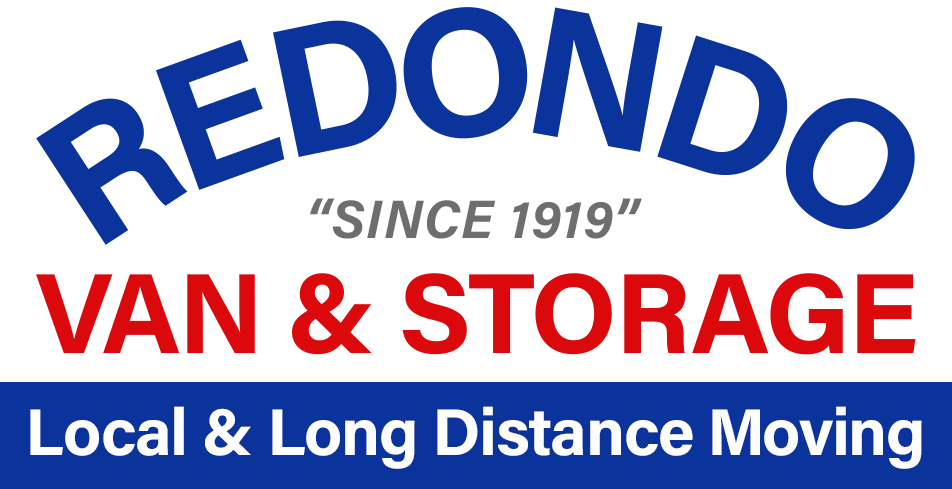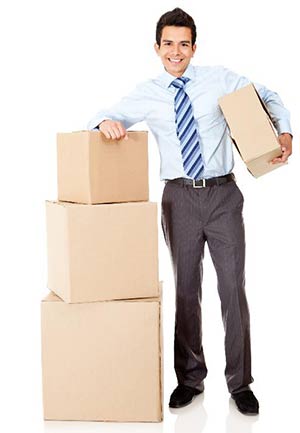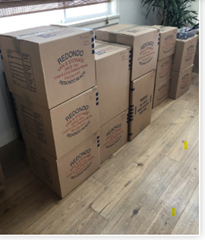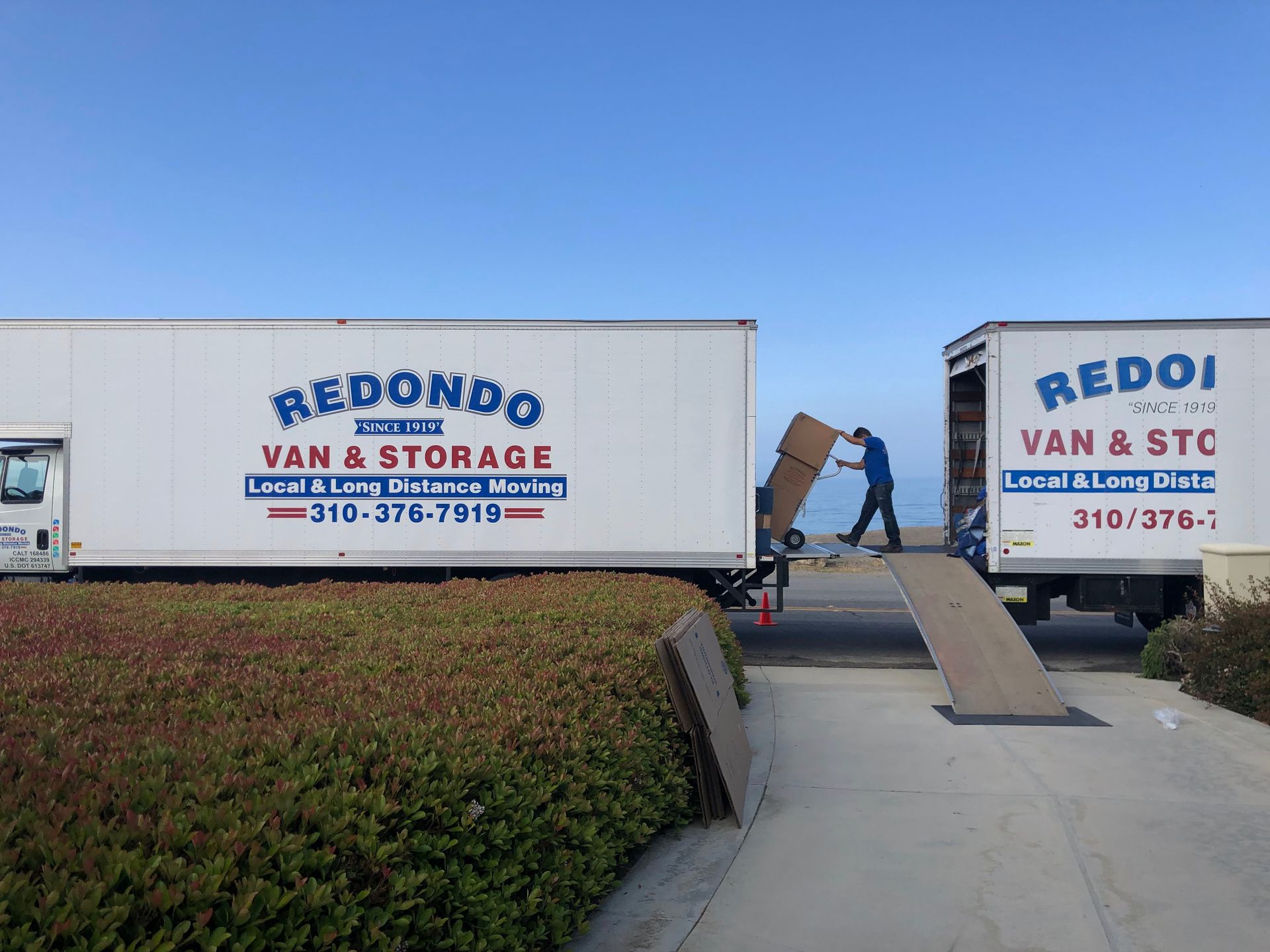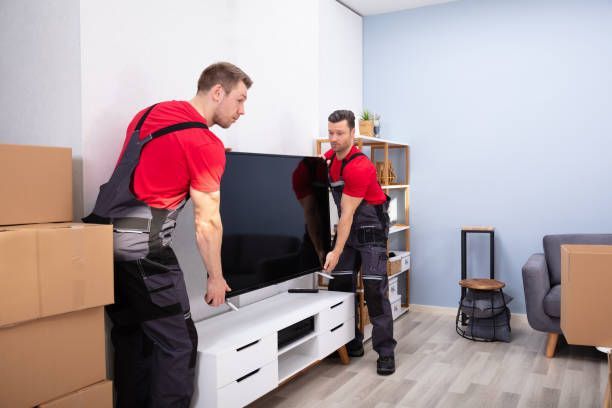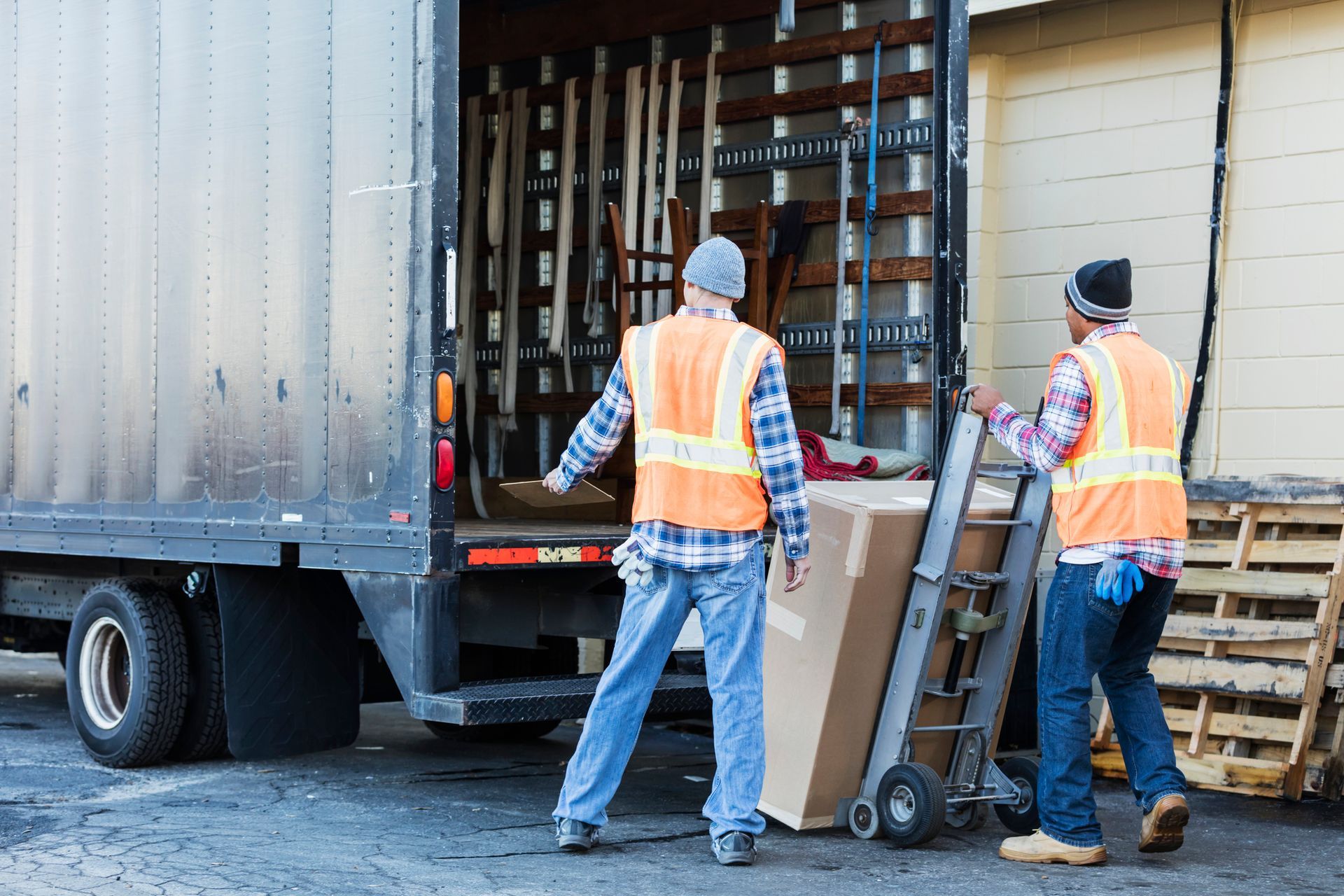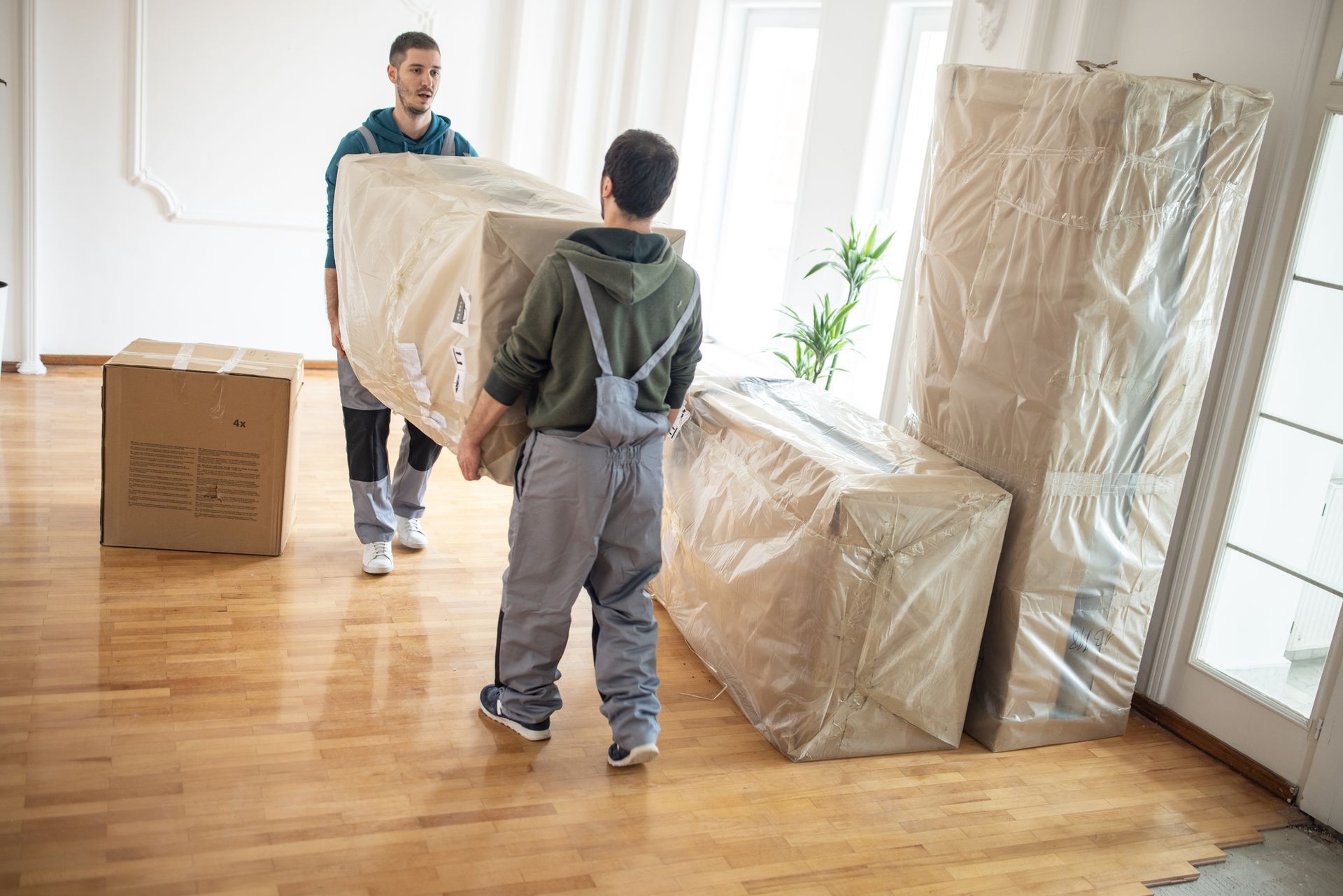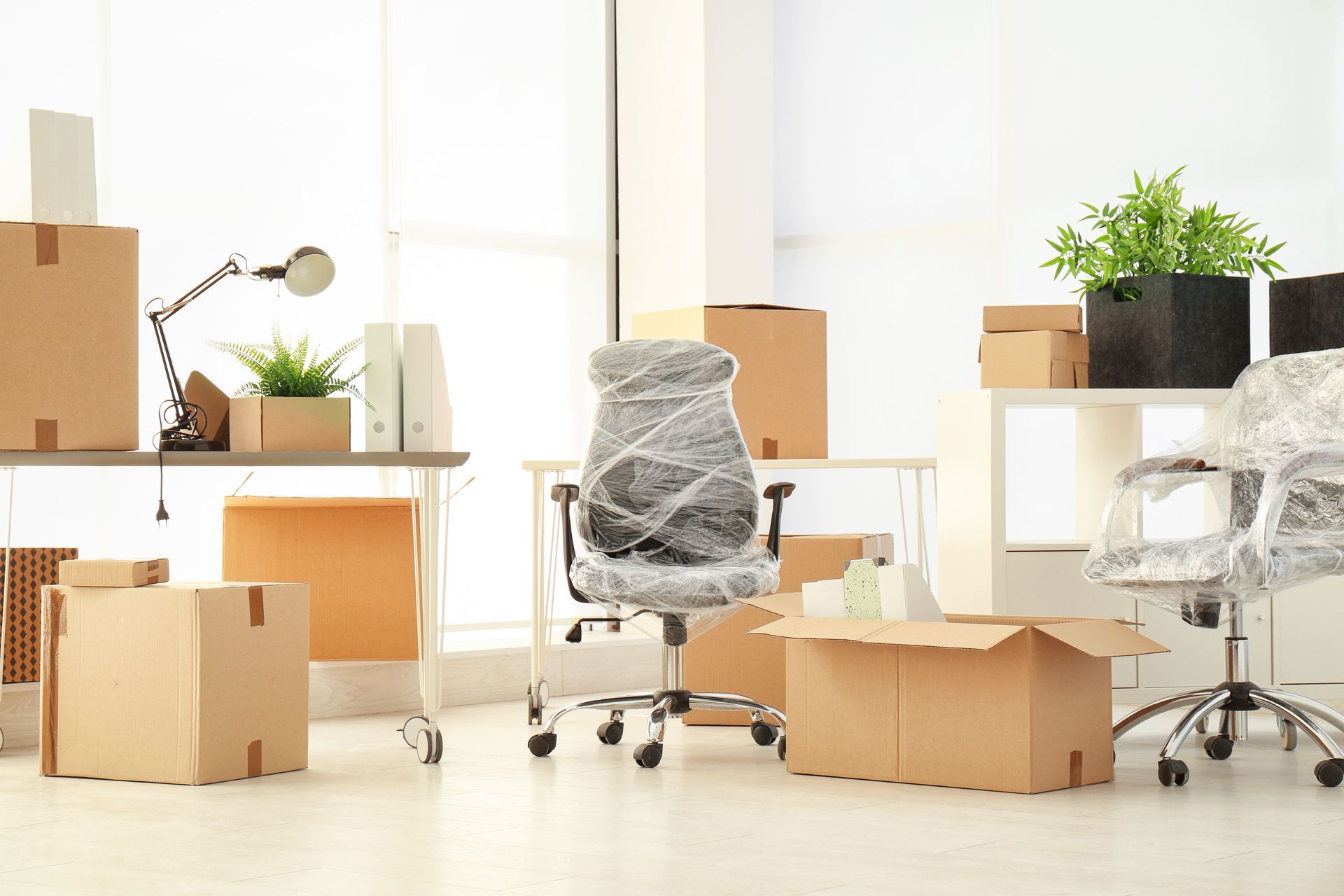3 Tips for Moving Your Home Office Efficiently
websitebuilder • July 1, 2018
More and more people spend at least some of their working time working from home. Even if you don't own a home-based business, surveys have found that more than 40% of American workers spend at least some of their time working remotely, often from home, meaning that many workers today have home offices that must be moved when they decide to relocate.
Moving a home office can be tricky. You need to ensure that your equipment, documents, and furniture are moved safely, and you probably want to minimize the effect that the move has on your productivity. Take a look at some tips that can help you move your home office as efficiently as possible.
Declutter Your Documents
A move is a good time to sort through your paper documents and figure out what you can keep and what you can get rid of. Take the opportunity to scan and digitize files so that you can lighten your load by moving with less paperwork. It's much easier to move a hard drive than it is to move a file cabinet full of documents.
Be sure that you back up your digitized documents, either on an external hard drive or in the cloud. You don't want to take the risk of something happening to your equipment and losing important documents in the process.
When you digitize your documents, you also need to figure out what to do with the hard copies. You don't want to toss paperwork that contains sensitive information that belongs to you, your clients, or your business. Financial information and personal identifying information can be stolen by identity thieves if it's put into the trash without alteration.
In the office, you might put these types of documents into a shredder, or even use a shredding service. But what if you don't have a shredder at home? There are some simple ways that you can destroy documents with sensitive information even without a shredder.
Soaking your documents in water can reduce the paper to a pulpy mess that's impossible to read. If you have a fireplace or fire pit, use them as kindling. You can also put the documents into a wood chipper if you happen to have one.
Protect Your Office Equipment
A lot of your office equipment is delicate. Computers, printers, fax machines, and other electronics require special care when packing.
It's best to use the original box for the equipment if possible. But if you didn't save the boxes that your office equipment came in, make sure to choose a sturdy replacement box that isn't too much bigger than the piece of equipment that it's going to hold. Leave some room for cushioning, but you don't want your computer or printer bouncing around inside the box.
You may want to tape down the lid of your printer or laptop so that it can't accidentally open while inside the box. Wrap your electronics securely in a protective covering material, like bubble wrap, before placing them inside the box. Then fill any empty spaces inside the box with paper or packing peanuts to minimize movement.
You may want to pack the power cords and any other cords or cables in the same box as the piece of equipment they go with. If you decide to pack them separately, label each cord so that you know which piece of equipment it belongs to.
For a piece of equipment that has several different plugs and cords, like a desktop computer, use your smartphone to take a picture of the plug placement before you start unplugging the device. That way, you can refer to it when you set the equipment back up in your new home.
Design Your Home Office Floor Plan Ahead of Time
The sooner you get your equipment and furniture in place, the faster you can get back to work once the move is complete. It's worth it to spend some time planning the layout of your home office in your new home before you make the move.
If you'll have access to the new home before the move, you should measure the space beforehand, making sure that your existing furniture and equipment will fit. Use painters tape to mark the locations where items like a desk, a server, or speakers will go when you move in.
If you won't have access to the new home ahead of time, you can still do some planning. There are software tools that allow you to digitally recreate the floor plan and generate a layout for your office furniture and equipment. This will give you a clear picture of where each item should go when the time for the move comes.
Not only is planning the layout ahead of time more efficient, it can also be fun. If your current home office is awkward or cramped, this can give you a chance to correct those issues in your new home before you begin moving things in.
Taking steps to make your move smoother can help you get off to a good start in your new home office. Experienced movers
can ensure that the items you need for work are packed safely and brought to the right place when they arrive at your new home.
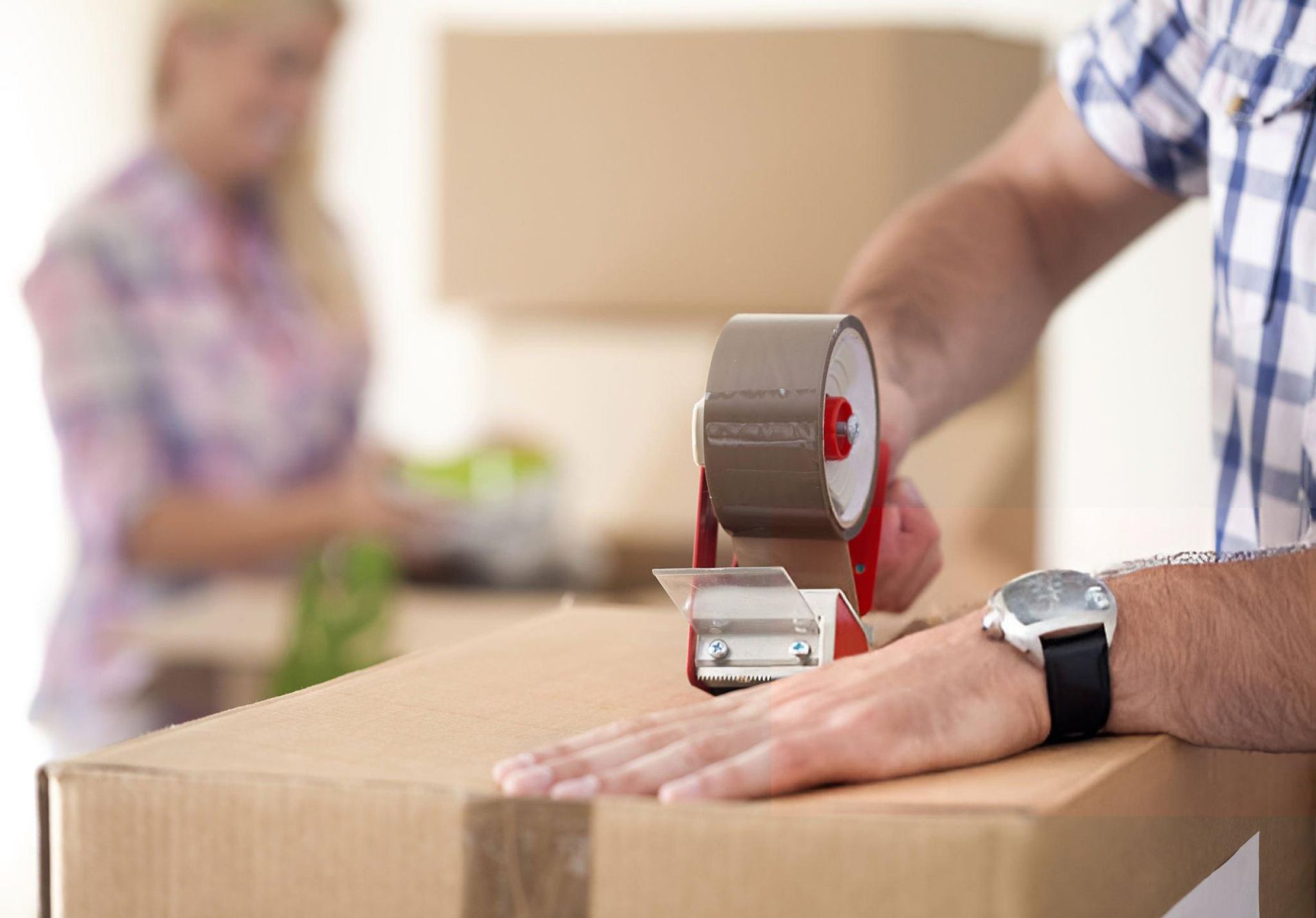
When it comes to transitioning your loved one into a new living situation, whether it's moving to an assisted living facility or a smaller home, the process can be overwhelming. The physical and emotional stress of a move, combined with the logistical challenges, can be particularly daunting for seniors. That’s where professional senior living movers, like Redondo Van & Storage , come in for the families in Torrance, CA. These experts are not just movers—they are compassionate professionals who specialize in senior relocation, ensuring your loved one’s move is smooth, stress-free, and efficient. In this article, we’ll explore the top five ways Redondo Van & Storage in Torrance, CA, can assist with your loved one’s transition into a new living space.
